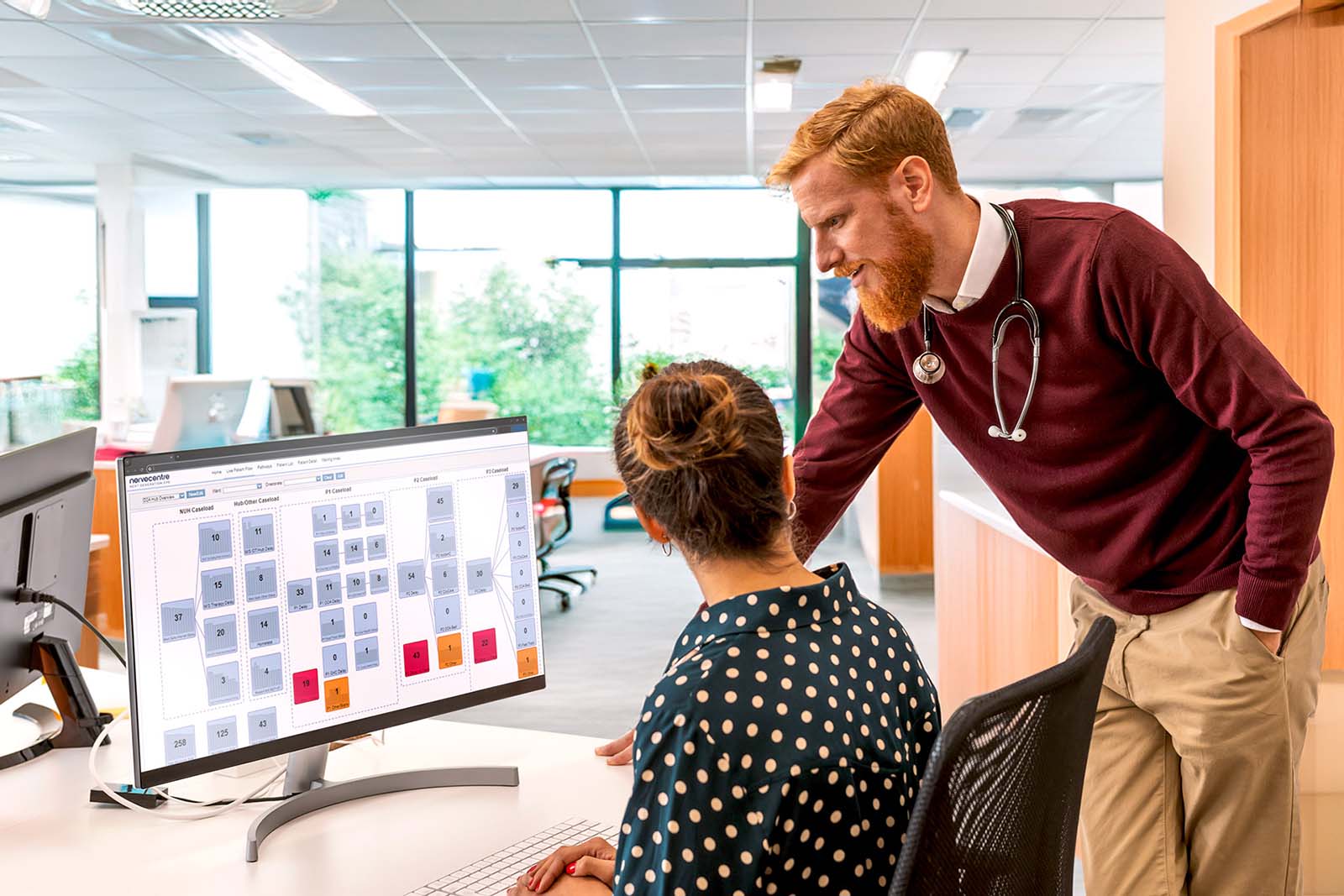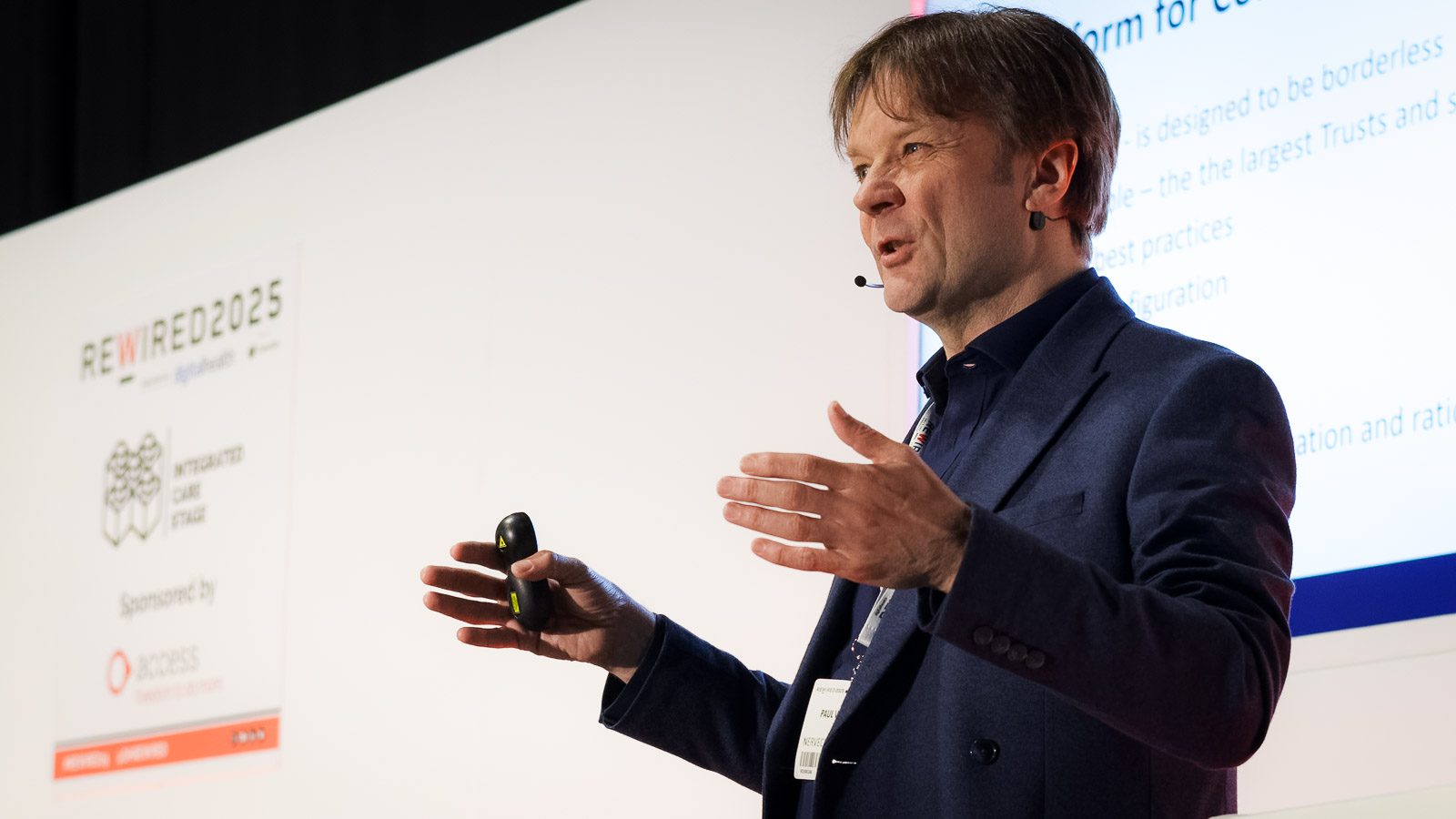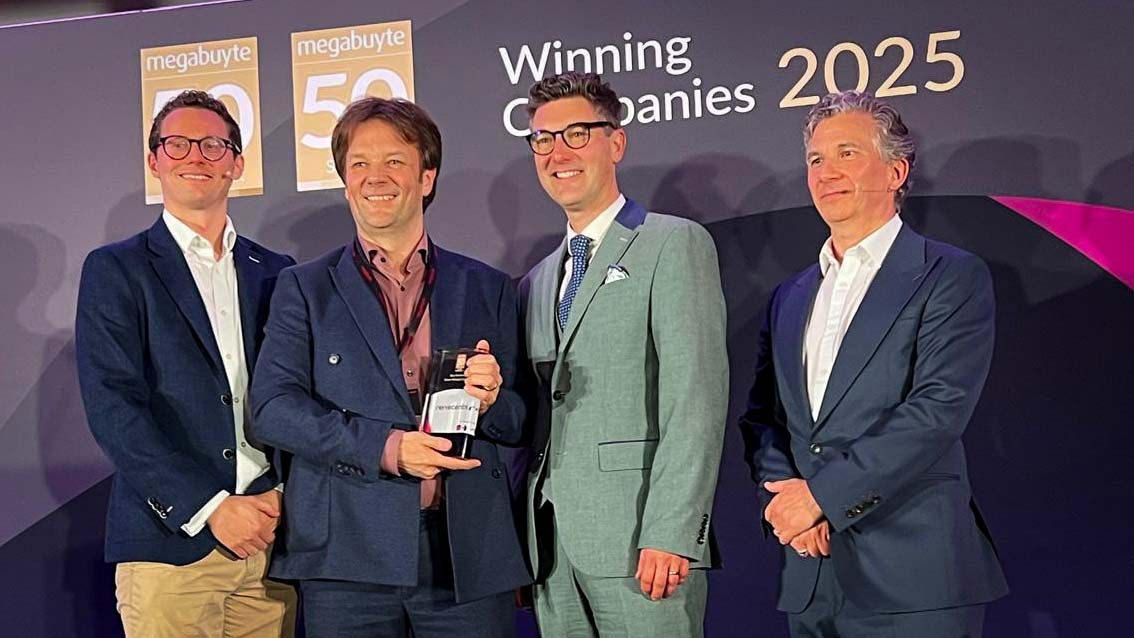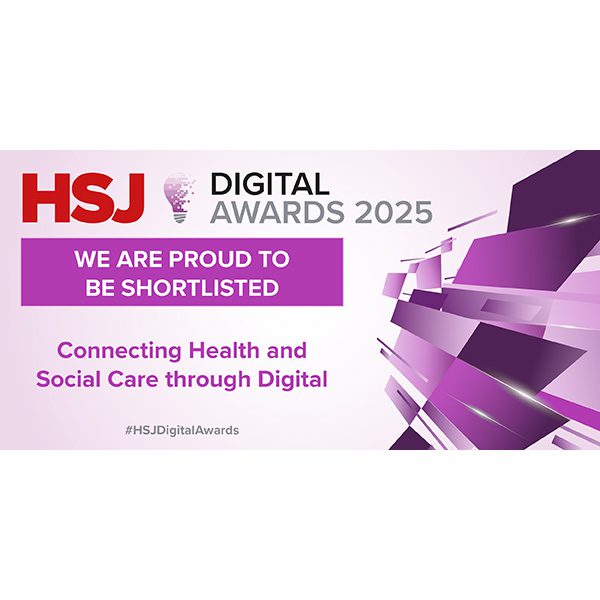Innovative mobile communications technology and software are saving lives at hospitals up and down the country, says Paul Volkaerts, founder and chief executive of Nervecentre.
My company, Nervecentre Software, is one of a number of innovative technology companies working with hospital trusts to create new systems that are transforming the way our doctors and nurses work.
Our mobile solution not only provides a way to capture information electronically at the bedside, but assists in the co-ordination of care, ensuring the right doctor is with the right patient at the right time, with the most up-to-date information to hand. Simple as it sounds, this can make all the difference to a patient who is acutely ill.
Bringing innovative technology to front-line clinicians has of course been enabled by the explosion of mobile devices and thanks to software suppliers such as Nervecentre, the NHS has become the world leader in the adoption of mobile technology in hospitals.
To the layman, the efficiency benefit of improving communications within the hospital is obvious, but the impact this can have on saving lives and preventing avoidable harm is compelling. It is estimated that more than 80 per cent of avoidable harm in a hospital has poor communication as a factor. It has been very rewarding over the last five years to help hospitals adopt 21st-century technology that can have such a significant impact on the level of care, by helping clinicians to communicate and co-ordinate better.
In a study at the Queen Alexandra Hospital in Portsmouth, this change halved the number of cases of significant, avoidable harm during the night-time through the use of mobile software to manage nurses’ and clinicians’ workload.
Nervecentre technology has been in use across a variety of major hospitals, from specialist hospitals such as Great Ormond Street Hospital for Children, to large acute hospitals including University Hospitals of Leicester, and up and down the country from Cornwall to Durham. Across these diverse hospitals there is clear evidence now that it is saving lives, while helping hospital trusts make good progress towards long-term sustainability.
Its use was pioneered from 2010 at Nottingham University Hospitals NHS Trust (NUH), one of the biggest acute trusts. Today more than 6,000 doctors, nurses and healthcare assistants at NUH use handheld devices in clinical care on a daily basis in over 80 wards. These include most of the in-patient wards at NUH’s two hospital sites, Queen’s Medical Centre and City Hospital. Our system has become by far the most-used clinical system in these hospitals with tens of thousands of interactions with the software by clinicians every day.
If you are a patient in any one of those hospitals, the nurse will enter your key vital signs, such as temperature, blood pressure and respiratory rate, into a mobile device while they are stood beside you. If your condition has deteriorated, the Nervecentre software will automatically alert the most appropriate doctor on their mobile device without the nurse stepping away from the patient. Compare this to writing on paper and paging a doctor, which still happens in more than 90 per cent of the world’s hospitals.
An evaluation conducted by Nottingham University on behalf of NUH showed that patients who required transfer to intensive care, spent on average 10 per cent less time in intensive care because they arrived there earlier in their deterioration. This equates to approximately £1 million a year in intensive care bed days. As in all industries, process streamlining that increases quality will also reduce costs.
The evaluation by NUH also demonstrated significant gains in efficiency through the introduction of mobile devices. Implementing Nervecentre electronic observations and our mobile Clinical Noting software cut the time doctors and nurses spend in back offices and at a PC. Findings include that more than 100 hours of nursing time a day may be saved due to efficiencies brought about by the electronic observations process. This releases time to care.
NHS leadership in this area is in part due to targeted government funding. In response to reports from Professor Sir Bruce Keogh, medical director for NHS England, mobile technology and apps such as Nervecentre’s were seen as a way to replace paper charts by the bedside. They release time for nurses and help management teams ensure that every patient receives the appropriate level of observation.
During 2014 and 2015, we deployed our software to almost one hospital a month, elevating the NHS and Nervecentre to the position of leaders in this new segment.
This year I was honoured to be appointed a fellow of the NHS Innovation Accelerator, an NHS programme sponsored by Sir Bruce in partnership with the 15 Academic Health Science Networks across England, to speed up the adoption of proven technologies such as ours across the NHS. The fellowship is evidence that the NHS take innovation seriously and recognition that technology innovation is the only route to a sustainable health service.
Last month there was further recognition for Nervecentre when the company was named the fifth fastest-growing technology business in the UK in the prestigious Deloitte 2016 UK Technology Fast 50, honouring the thriving small and medium-sized enterprises that are the backbone of British industry in the 21st century.
We are only on the first step of what can be achieved by providing clinicians with information and co-ordination at their fingertips as there is so much more we can do to help improve safety and efficiency in our hospitals. One such improvement is in the recognition and treatment of sepsis.
Sepsis is a life-threatening condition triggered by an infection or injury. Treatment of sepsis is well understood, but recognition of the condition is complex. In the UK more than 44,000 people each year die from sepsis, it consumes more than a third of our most expensive beds in intensive care and costs the NHS around £2.5 billion.
Our software looks for the signs of sepsis that have been documented by the National Institute for Health and Care Excellence (NICE). We automate the NICE algorithms that combine information from vital signs and blood test results, and can drive immediate notifications to doctors.
Nervecentre embodies the innovative spirit that will enable the NHS to continue to improve patient care. And technologies are emerging that will prevent diseases, speed up diagnoses, improve safety and efficiency, and increase patient participation. Companies such as Nervecentre will continue to make sure these technologies are put at the disposal of NHS patients as early as possible.





